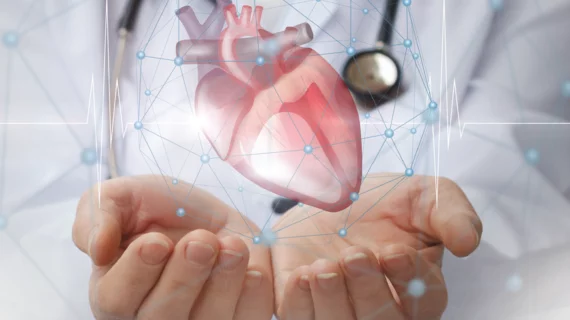Warm perfusion preserves donor hearts for up to 10 hours
The director of Duke University’s heart transplant program is promoting warm perfusion—a technique that preserves organs more effectively than a traditional cooling box—as a means of expanding the CV donor pool in the U.S.
Interesting Engineering reported August 6 that in a series of tweets, Jacob Niall Schroder detailed the case of a heart transplant at Duke that was, against all odds, successful. The donor heart was afflicted with left ventricular hypertrophy and had been out of the donor’s body for 75 minutes, making it an automatic turn-down for most transplant centers in the country. But, using Transmedics’ OCS (Organ Care System), physicians were able to preserve the organ.
Transmedics’ OCS is a portable device that mimics the conditions of the human body by keeping donor hearts pumping and at a warm temperature. Studies estimate the OCS could allow for a successful heart transplant even with 10 hours of out-of-body time.
Schroder said the patient whose case he tweeted about consented to sharing the story.
“He was happy to consent to help spread the word about this life saving therapy that will significantly expand the donor pool in the US,” Schroder tweeted.
Read more below:

